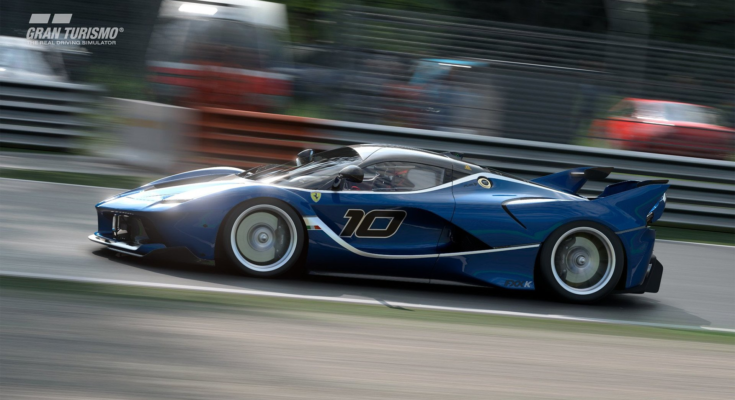
According to a new social media post from the official Gran Turismo and PlayStation accounts, the cars of Gran Turismo 7 consist of roughly half a million polygons apiece.
In essence, every object you can see in a video game is made up of a bunch of flat shapes — polygons — which form something that looks a lot like a wire mesh model of the object.
Generally these shapes are triangles, as a triangle is the simplest two-dimensional shape which has edges and points; that allows you to create three-dimensional surfaces by bending the polygons where they join. The more polygons you have and the smaller they are, the more detail you can recreate with your model.
However, the more objects you have, the harder it is for your computer — or in this case console — to draw them all, especially when it’s drawing them 60 times a second. In older games on less capable hardware, we see cars made of far fewer polygons.
On the PlayStation 1, for example, the first Gran Turismo featured cars made of 300 polygons, and this jumped to about 3,000 on Gran Turismo 3 and Gran Turismo 4.
For Gran Turismo 7 the count stands at 500,000 polygons each, which means around 600 million polygons per second on vehicles — a significant portion of both the PS4 and PS5’s capabilities of 1.6 billion and 8.9 billion polygons per second.
Interestingly, the polygon count of GT7 isn’t significantly different from that of GT5, which also touted 500,000 polygons per vehicle. However the cars are considerably more detailed up close in 2022’s 4K title than 2010’s 1080p offering.
That’s down to advances in lighting and materials rendering, but also features like “adaptive tessellation”. This technology, which has been in use since Gran Turismo 6, effectively increases the number of polygons in areas of an object you can see at the expense of those in areas you can’t.
Gran Turismo 7 will launch on March 4 2022, and you’ll be able to read our review of it at 2301 UTC on March 2.



